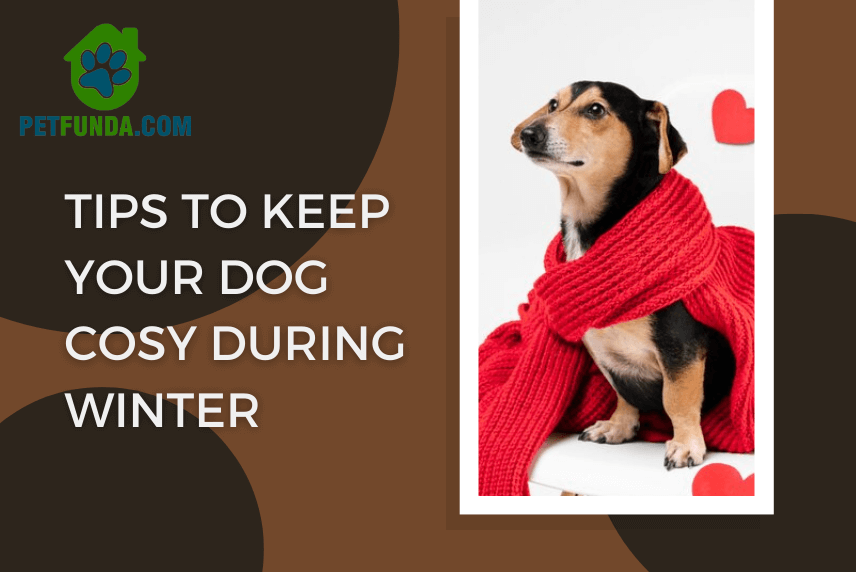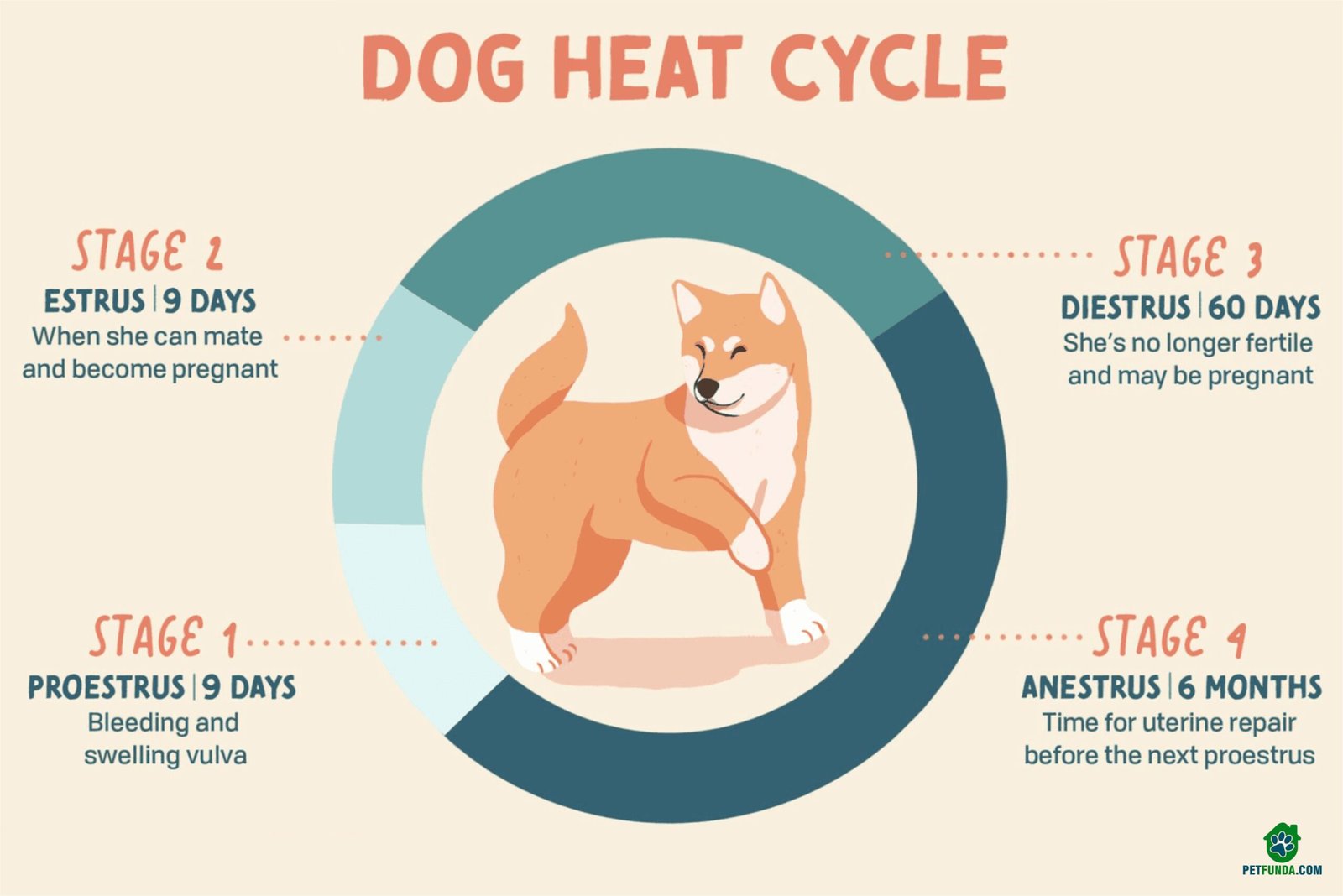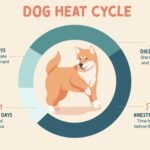Is the winter chill bothering you to prevent the little pup from cold? Not all dog breeds can withstand severe low temperatures and need attention. We’ve listed the important tips to let your doggy stay cozy despite snowflakes outside.
Taking care of dogs in winter is a tricky thing! Even the pups with healthy fur might not be able to keep themselves warm enough. Dogs, along with other pets, hold a high probability of catching colds, coughs, flu, and pneumonia on bites at this time.
Extreme dripping down of temperature can even result in Hypothermia in your puppies on account of overexposure to cold. It is certainly true when they are dealing with issues such as diabetes or heart conditions. So, keep the below things in mind to cherish cold weather with your adorable pups.
Things to Remember for Keeping your Dog warm in Winters
Fall is at its peak, and chilly winds are blowing across the way! In such weather, stepping out with your dogs for a walk can be troublesome. Just like you layer up with jackets, overcoats, and mufflers, even these little beings need to stay warm. Some areas have too much cold, and dogs need extra warmth there.
Keeping the tips below handy can help your dog stay healthy and happy with the extra cushion of warmth they deserve. As a responsible pet parent, here’s all you need to bear in mind for giving them the required cozy comfort.
- Restrict the Outdoor Activities: Animals also react to weather and temperatures just like humans do. If you have a pet dog at home, securing them against the cold weather is important. Their ears, paws, and tails risk potential frostbite hazards if the temperature sees a sudden drop. Take them out during morning sunshine but avoid night walks. Limiting their outdoor hours could be a smart way of keeping them cozy.

- Wrap them in Woollen: Knitting a cozy jacket for your pup or wrapping them in a warm cloth could soothe their cold. It is a good idea to keep them warm while out for walks. While they stay in a kennel, you can cover the door using a shawl and allow some extra space for them to breathe.
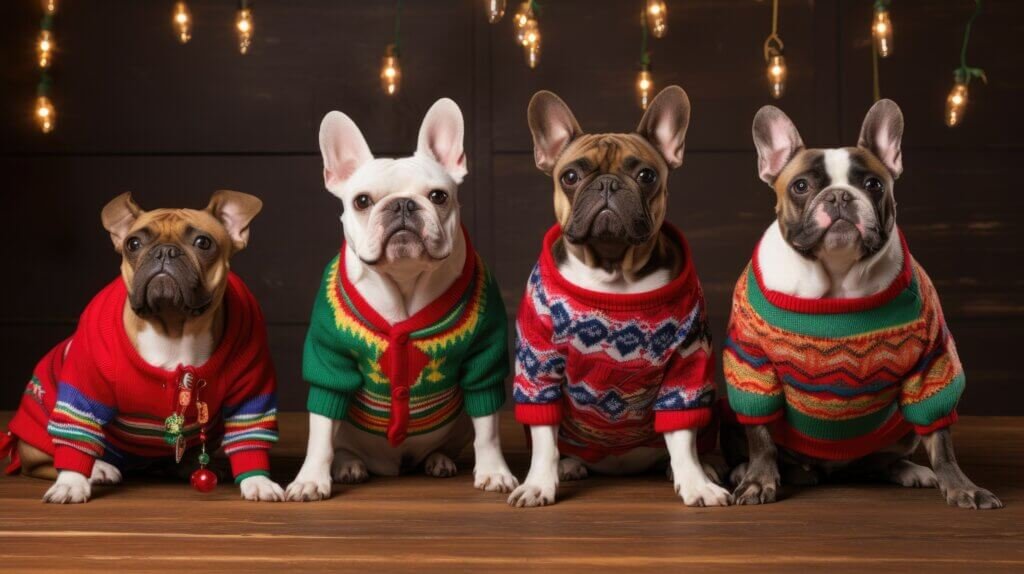
- No Fur Chops for Some Time: Few dog breeds have a thick fur coat graced by nature, which helps protect them in harsh winters. Avoid shaving or chopping the fun in the cold season as it acts as a shield to them. Besides, please do not take them out immediately after a bath in cold temperatures. Take lukewarm water for bathing sessions and let them dry completely before stepping out.
- Cozy Bedding: Assure a good night’s sleep for your furry friend by arranging a warm shelter. Choose a cozy bedding for them to keep them warm. There are numerous pet bedding sets or mattresses available in the market to choose from. Take them out for the shopping for the snuggly fit. Choose a warm spot in your house to place the bedding so they take a comfortable nap.
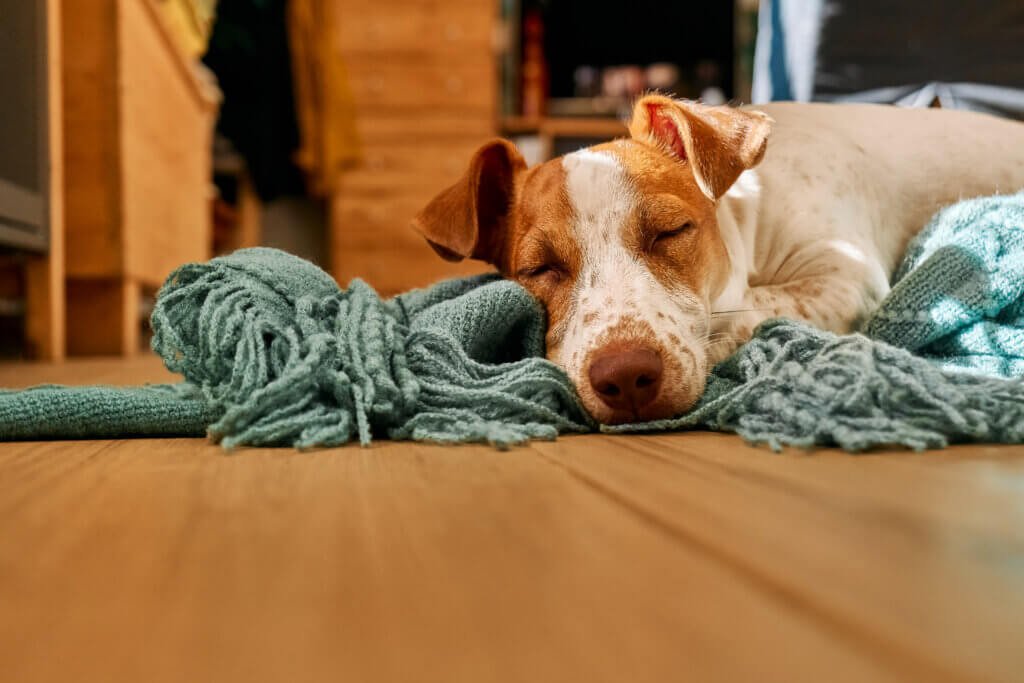
- Avoid exposure to room heaters: Do your dog is an active breed and likes to roam around the house? Well, then, keeping them away from the room heaters is a good decision. Pet dogs tend to snuggle around the heated areas and might get in direct contact with such sources. It increases the risk of exposure to the radiation object, and they might get burns. Thus, keep them away from the heaters under the pet-proof system to assure complete safety.
- Hydration is Important: Animals also tend to get thirstier during winter, and it is essential to keep a check on their water intake. If they are unable to drink more water, opt for lukewarm water or room-temperature water. It ensures that they are hydrated and healthy during the winter.
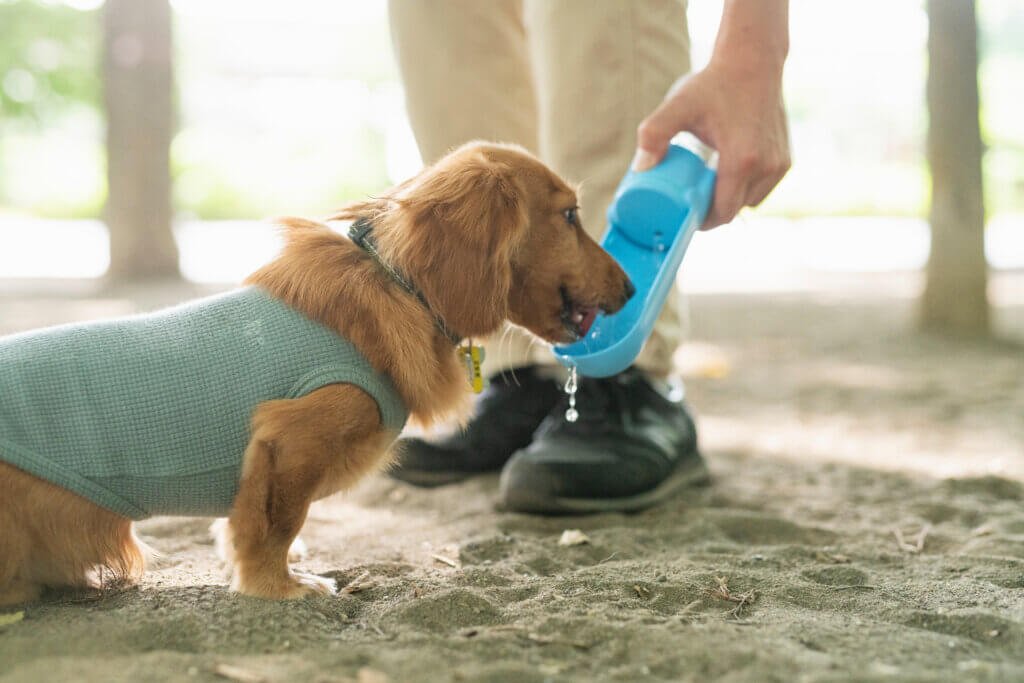
- Avoid Overfeeding: It’s cold, and if they are home lazing around, do not feed them with unnecessary extra calories. Giving them nutrient-rich, good-quality pet meals is a good idea, but avoid overfeeding them. Reduced activity times demand lesser intake of calories and adjust their diet plans accordingly.
- No Missing Out Health Check-Ups: Most pet parents do not realize that even dogs are prone to issues like arthritis. As it’s cold, their joints might ache badly, and they need some routine exercises. Getting in touch with a good veterinarian is always a good idea to keep a stock of necessary health supplements and medications handy.
- Care and Nurture Paws: Winters are dry, and cracked paws in dogs cause them trouble in walking. Regular trimming prevents the ice build-up amidst the pads to restore better hygiene. It is crucial to clean their paws with water salt after coming back from a walk to the park or the nearby neighborhood. Timely application of coconut oil on their skin also prevents flaky paws. Re-consider the oil application if required!

- Check their Shaky Legs: Dogs might not be able to express their shiver in the cold. Keep a check on their trembling legs, fever, seizure, or any such issue arising due to extreme temperatures. Keep them sheltered, covered, cuddled, and snuggled for the warmth they need during weather odds.
How do you find out if your dog is feeling too cold?
Not just snow is a sign that the weather is getting unfavorable for your pet dog. Winters and dropping temperatures hit everyone differently. Aged dogs are highly susceptible to colds, and they might show symptoms of weakness and shivering quickly. Note for symptoms like watery eyes, shivering, nose, or any odd behavior that you’re not used to.
If your dogs shelter in an outside kennel, make sure to bring them inside. Keep a check on the drinking water bowl of your pup and ensure its temperature as well. Use natural ways to boost their immunity levels, like giving them healthy Nutri bars, which act as a great source of calcium for their teeth.
Which Breeds of Dogs Feel More Cold?
Dog breeds that can adapt well to the cold weather are ones with double fur coats. It includes Newfoundland, Siberian Huskies, Golden Retrievers, and Old English Sheepdogs. There are also a few dog breeds with thin coats, such as Chihuahuas and Greyhounds, which feel cold quickly and need more attention.
Small-sized dogs need more warmth and a cozy environment compared to larger dogs, as they have a lesser surface area. Big dogs hold natural insulation, keeping them warm for a longer time. The health and age of dogs are other factors causing them to cold fast.
Cozy Dogs, Happy Dogs!
Keeping your pet dogs secure during the cold winter times is important to prevent illnesses. They are sensitive and easily susceptible to acclimatization. Remember the above tips in mind to cherish the breezy winters with your dogs.
Do not forget to cuddle them and spend happy hours to cheer their dull mood during winter.
